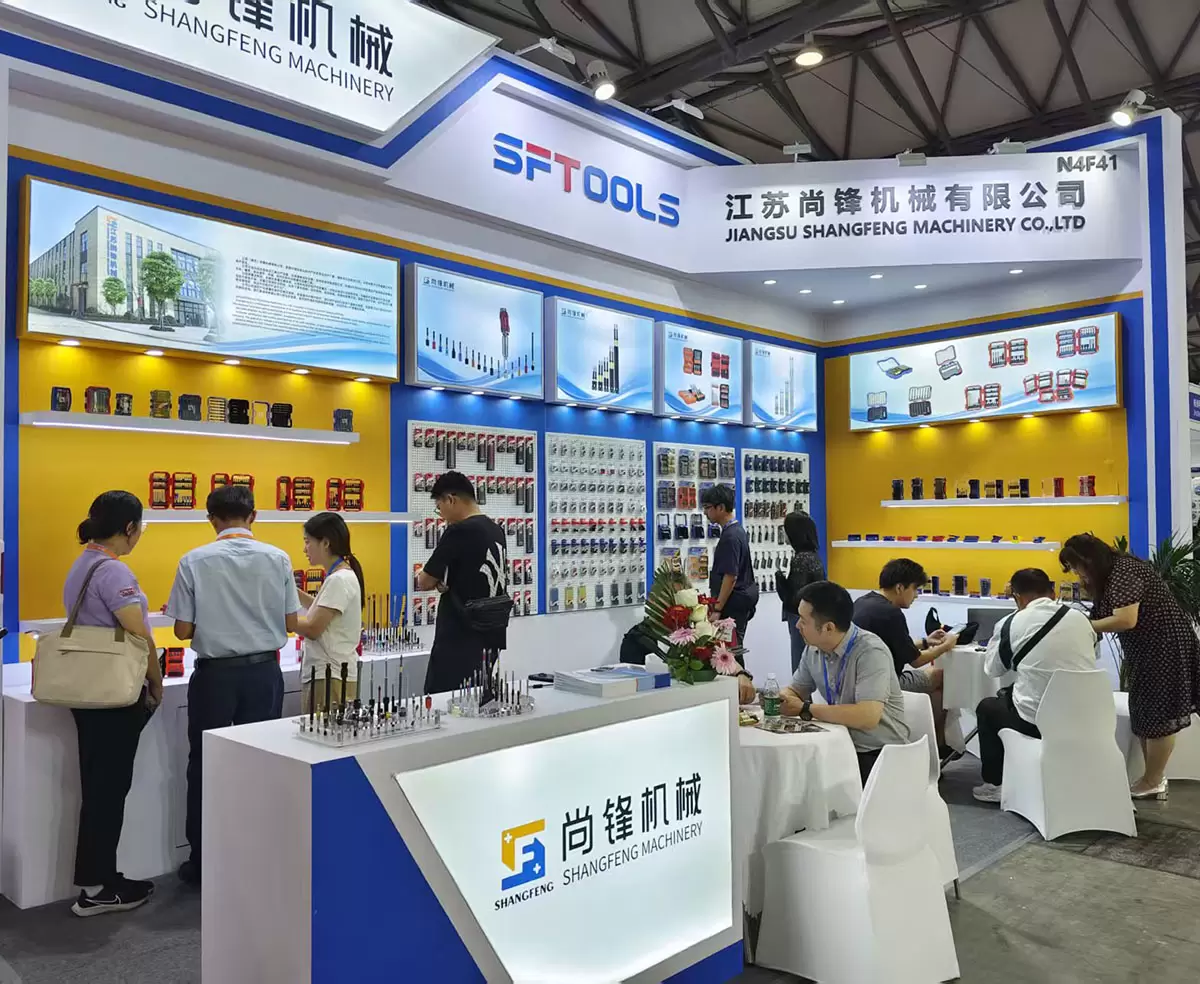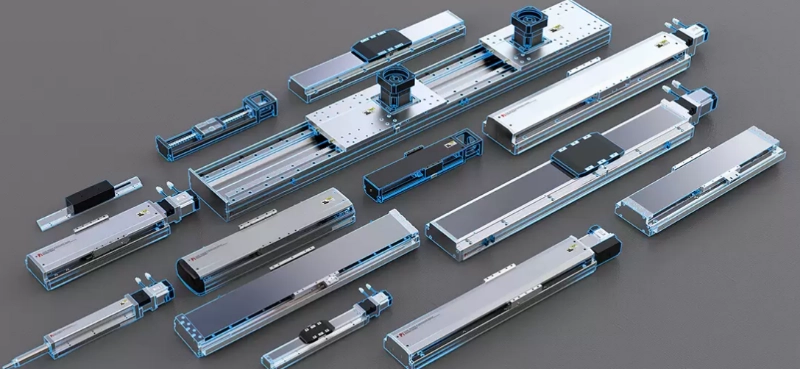What is The Working Principle of High-Speed Rotary Gravure Printing Machine
High-speed rotary gravure printing machines are widely used in the printing industry for their ability to produce high-quality prints at a rapid pace. This blog post aims to provide a comprehensive understanding of the working principle behind these machines, shedding light on the intricate processes involved in achieving exceptional print results.
I. Overview of Gravure Printing
Gravure printing, also known as intaglio printing, is a technique that utilizes engraved cylinders to transfer ink onto a substrate. It is commonly used for printing high-quality images, such as photographs, fine art prints, and packaging materials. The high-speed rotary gravure printing machine is a specialized equipment designed to carry out this printing process efficiently.

II. Structure of a High-Speed Rotary Gravure Printing Machine
A high-speed rotary gravure printing machine consists of several essential components, each playing a crucial role in the printing process. These components include:
1. Unwinding Unit:
The unwinding unit is responsible for supplying the printing material, such as paper or film, to the printing machine. It ensures a continuous feed of the substrate, allowing for uninterrupted printing.
2. Printing Unit:
The heart of the high-speed rotary gravure printing machine is the printing unit. It consists of a series of engraved cylinders, each dedicated to a specific color. The cylinders are made from steel or copper and are engraved with tiny cells that hold the ink.
3. Ink Supply System:
The ink supply system is responsible for delivering the ink to the engraved cylinders. It consists of ink pans, doctor blades, and ink pumps. The doctor blades scrape off excess ink from the surface of the cylinders, leaving ink only in the engraved cells.
4. Drying Unit:
After the ink is transferred onto the substrate, it needs to be dried quickly to prevent smudging or smearing. The drying unit utilizes various methods, such as hot air or UV radiation, to ensure rapid and efficient drying.
5. Rewinding Unit:
The rewinding unit collects the printed material and winds it into a roll. It ensures proper tension control to prevent any damage to the printed material.

III. Working Principle of High-Speed Rotary Gravure Printing Machine
The working principle of a high-speed rotary gravure printing machine can be summarized in the following steps:
1. Pre-Press Preparation:
Before the printing process begins, the design or image to be printed is engraved onto the cylinders using a specialized engraving process. Each cylinder corresponds to a specific color, and the number of cylinders depends on the complexity of the design.
2. Ink Application:
As the substrate passes through the printing unit, the engraved cylinders rotate in contact with the substrate. The ink supply system delivers a precise amount of ink to the engraved cells on the cylinders. The doctor blades scrape off excess ink, leaving ink only in the cells.
3. Ink Transfer:
As the substrate comes into contact with the rotating cylinders, the ink is transferred from the engraved cells onto the substrate. The pressure between the cylinders and the substrate ensures a consistent and even transfer of ink.
4. Drying:
After the ink is transferred, the substrate passes through the drying unit, where it is exposed to heat or UV radiation. This process rapidly dries the ink, ensuring that the printed material is ready for further processing or packaging.
5. Collection and Rewinding:
Finally, the printed material is collected by the rewinding unit, which winds it into a roll. The tension control ensures that the printed material is neatly wound without any creases or damage.

Conclusion
High-speed rotary graavure printing machines are a vital part of the printing industry, enabling the production of high-quality prints at a rapid pace. Understanding the working principle behind these machines helps us appreciate the intricate processes involved in achieving exceptional print results. From the ink application to the drying process, each step contributes to the overall efficiency and quality of the final printed material.
The Advantages of Using a High-Speed Rotogravure Printing Machine in the Printing Industry
Jast Packing
jesee@vip.qq.com



